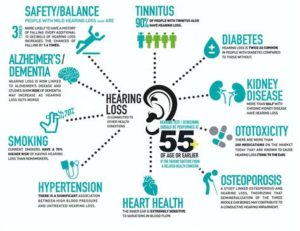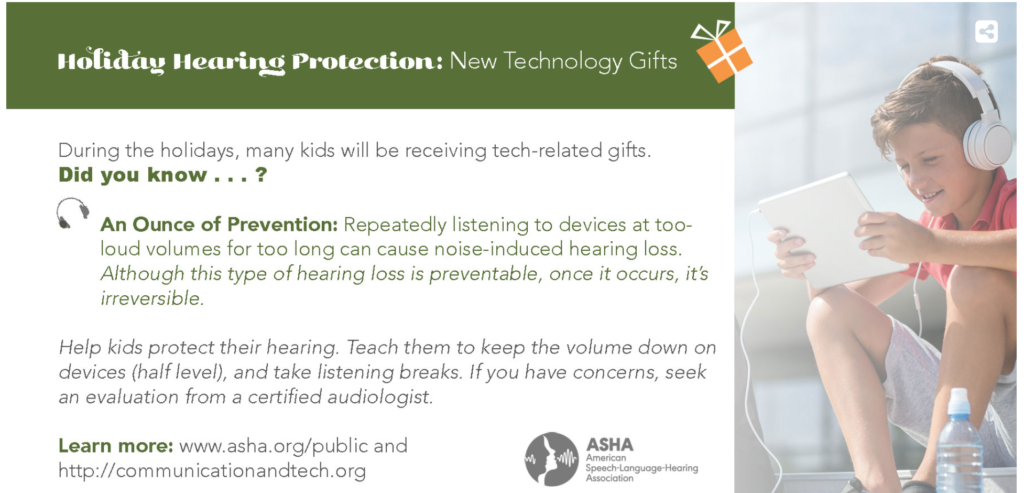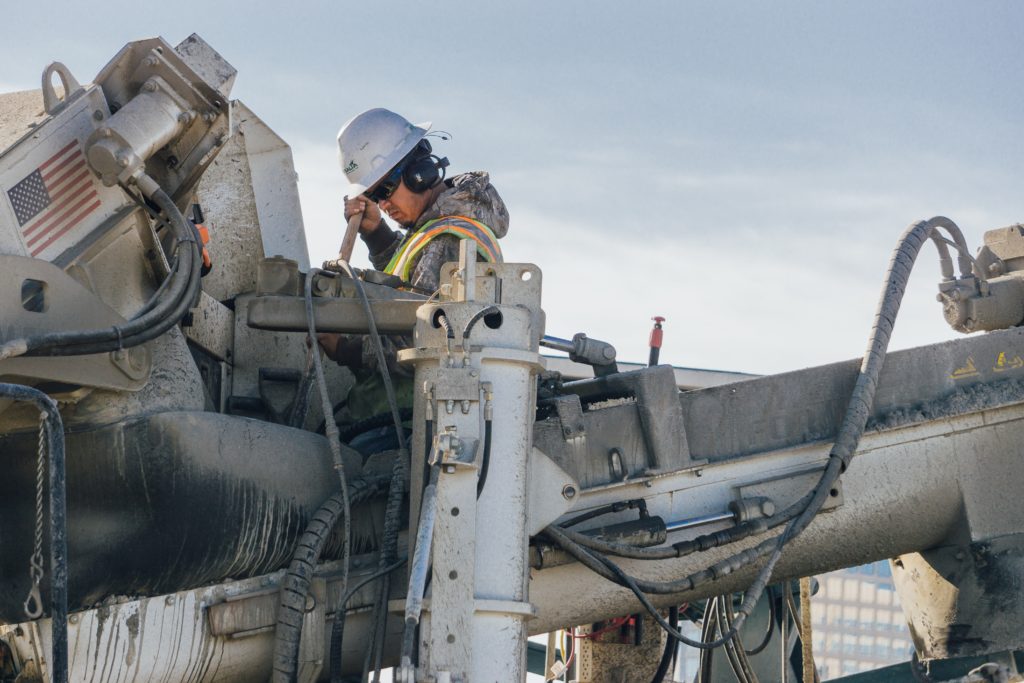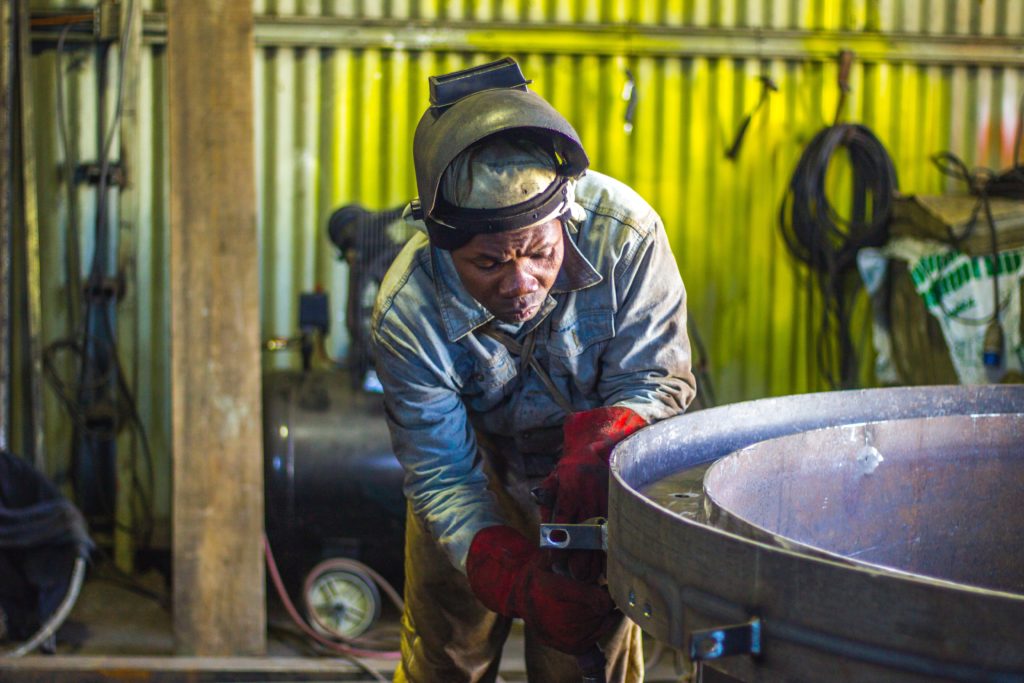As we head into a new year, I’m sure you’re thinking about some new year’s resolutions. Is your hearing health part of that? Good hearing health is more than just having your hearing tested… eventually.
Here are 8 tips for better hearing health to keep your ears happy and healthy in 2020.
#1 Wear hearing protection in noisy environments (concerts, working with machinery or power tools, etc.)
Any noise over 80dB can damage your ears depending on how long you’re exposed to it. The best rule of thumb is if it’s loud, use protection. The foam earplugs you can get from the drug store work great for short-term use. If you are always working in a noisy environment for long periods of time, then you should consider a pair of custom hearing protectors or hearing moulds like the dB Blockers™. dB Blockers™ offer “The Smartest Hearing Protection in the World” especially where interpersonal communication is required. dB Blockers™ are custom fit to each individual wearer for maximum comfort and hearing protection. Learn more:
For more information about working in noise, click HERE

#2 Have your ear wax removed professionally; no Q-tips!
Q-tips can cause more harm than good; they dry out your ear canals and can push the wax further into your ear. It’s best to have a professional take a look at them or try using natural oil drops at home to help push the wax out naturally.

#3 When using headphones, keep the volume below 60%
Similar to noisy environments, when we wear headphones we should use caution as well. As the sound is being directly streamed into our ear it can easily become too loud and tire out our ears. 60% or less of your volume will keep you hearing clear without causing any damage to your ears.
#4 Get moving
Believe it or not, your ear health is related to your heart health; some would even say “the ear is the window to the heart.” Physical activity decreased the risk of heart disease, thus keeping your ears healthy too!
#5 Quit Smoking
Smoking decreases blood flow. This can disrupt the flow of blood through the vascular system of the ears reducing the oxygen needed for your inner ear to function at its best. For more information check out this blog fromAudicus.
#6 Eat a well-balanced diet
Diet and exercise can do wonders for a variety of different medical conditions, including reducing the risk of hearing loss. Eating foods that are high in Omega 3s, antioxidants, magnesium, vitamin A, vitamin E, zinc, and folate can help protect you from age-related, noise-induced, and sudden hearing loss. Eat your greens and fatty fish!

# 7 Don’t ignore early signs of hearing loss
When you can’t hear, you can’t engage. Hearing loss has been associated with isolation, depression, and even Alzheimers and Dementia. If certain sounds aren’t heard, areas of the brain aren’t activated, and the brain tends to forget those sounds. It’s like the old saying “use it or lose it.” The good news is that hearing aids can help this. Hearing aids allow the brain to hear sounds it’s missing, increasing brain activation, and providing you more confidence in conversation. Catching hearing loss early allows for the best results with hearing aids and rehabilitating your brain.

#8 Have your hearing tested regularly (once a year or every few years is great!).
Even if you’re not concerned now, having a baseline of your normal hearing is always good information to have. Plus, as said above, early intervention can truly make a difference in treating hearing loss. Make a hearing test part of your annual whole health checkup (ears, eyes, teeth… the whole thing!).


 The effects of excessive noise exposure are made worse when workers have extended shifts (longer than eight hours). With extended shifts, the duration of the noise exposure is longer and the amount of time between shifts is shorter. This means that the ears have less time to recover between noisy shifts and damage can more quickly become permanent.
The effects of excessive noise exposure are made worse when workers have extended shifts (longer than eight hours). With extended shifts, the duration of the noise exposure is longer and the amount of time between shifts is shorter. This means that the ears have less time to recover between noisy shifts and damage can more quickly become permanent.

